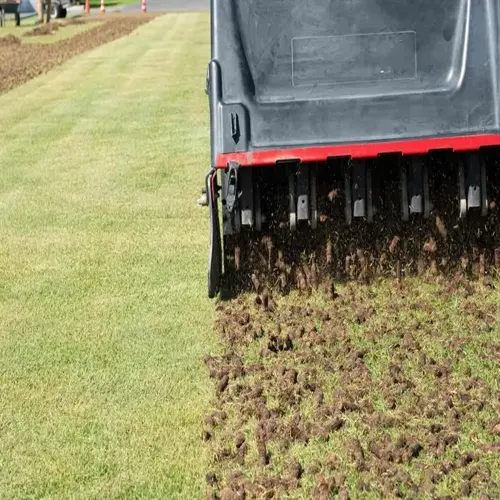Why maintain space between mulch and tree trunks?

Written by
Benjamin Miller
Reviewed by
Prof. Samuel Fitzgerald, Ph.D.Keeping the open space clear of mulch against tree trunks avoids disease problems that threaten health. The moist conditions caused the bark to rot with disease. Rodents nest at the base of covered trunks, which they chew off, exposing the protective bark. Girdling roots are produced when mulch abuts the lower trunks. This space greatly lengthens the tree's life and fruitage.
Gap Creation
- Measure 6 inches from trunk outward
- Remove existing mulch from contact zones
- Shape donut depression for visual reminder
- Extend clearance to root flare level
Maintenance Routine
- Inspect monthly during growing season
- Clear windblown debris immediately
- Refresh boundaries after heavy rains
- Adjust as trunk diameter increases
Troubleshooting
- Treat bark wounds with pruning sealant
- Install wire mesh if rodents persist
- Excavate girdling roots carefully
- Apply fungicide for severe infections
Avoid cankers such as Phytophthora by observing the air gaps between pots. Moisture lying against the tree trunks softens the bark, making it easy for the fungi to invade through this softened layer. Maintaining air space keeps the bark dry and intact. Aspens develop a natural resistance to many infections.
Eliminate rodent habitats near susceptible trunks. Voles and mice are tunneling through mulch piles, contacting bark, gnawing cambium layers, particularly during winter. Clear space exposes rodents to predation, preventing colonization. Your trees avoid lethal girdling damage.
Before damage becomes structural, stop girdling root formation. Mulch pressure pushes roots toward the surface, where they circle trunks. These constricting roots gradually cut off nutrients over time. Yearly inspections save trees from irreversible damage. Your trees will have strong vascular systems.
Install female areas that extend out to the root flare zones. Measure from the point of the widest tree trunk to make the sores identifiable. Create a barrier with edging rocks or steel rings to use as a reminder. Preserve the area by continuing to add mulch throughout the growing season. This practice eventually becomes second nature for the protection of the trees.
Observe tree responses to appropriate contentment. Properly cared-for specimens will have bark that is not discolored and will grow in a straight direction. Increased fruit production means that the tree is experiencing less stress. Always address any issues you may discover with the tree during your monthly checks. Your attention will help keep our trees productive for decades.
Read the full article: Mulching Fruit Trees: Ultimate Guide

